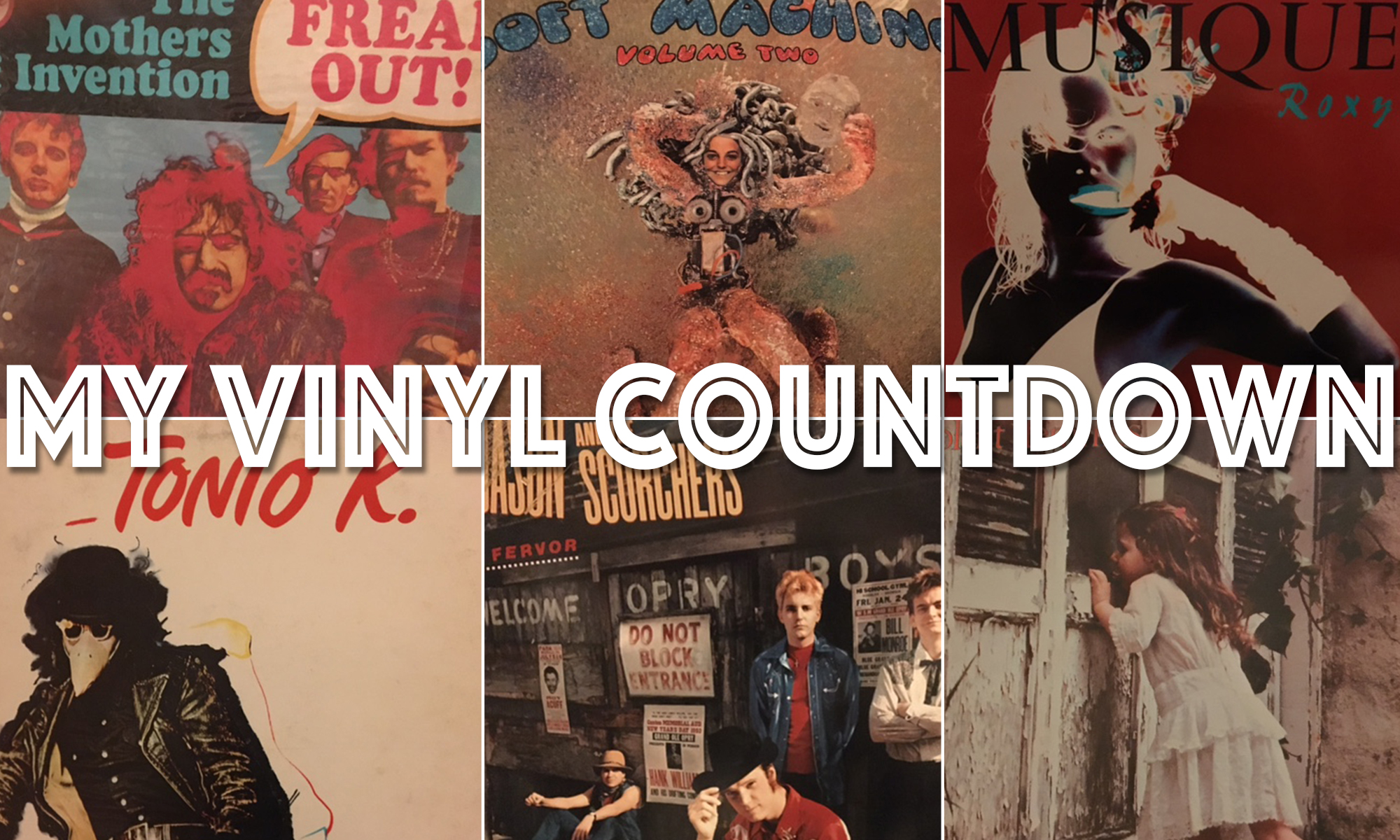Every Saturday I post a round-up of this blog for readers of AL.com
Here’s this week’s top of the story. Click on link at bottom to read full piece.
It’s Saturday and time for my vinyl countdown AL.com update.
I have five artists here taken from my collection of 678 records, which I am trying to count down (review and list) before my degenerative brain disease makes it impossible. I have so far reviewed more than 150 records on myvinylcountdown.com blog. I encourage you to explore that blog for the countdown plus essays on life, journalism, basketball and whatever might be on my mind.
But every Saturday I do a catch-up, reaching back into the archives, for those who may not be following my blog regularly, and offering up condensed versions of those on my blog. Today I have five widely divergent records (remember I collected these in the ‘1970s and 1980s when I was in my teens and 20s.) As regular readers know I also do a NP (Now Playing) to show the latest reviewed piece.
In the Kurtis Blow review I recall an incident that inspired my headline: Lesson in racial profiling.
The numbers represent where the albums are in the alphabetical, descending countdown format. In other words 678 would be the first record I reviewed (King Sunny Ade, whose A-name put him first in line).

